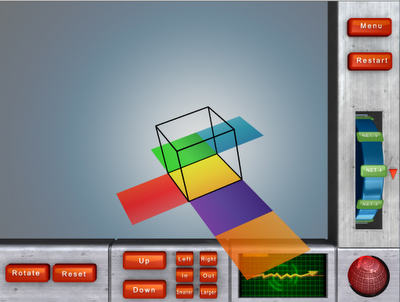The following results were found in common to both
the BVS3D and the LiFE I case studies (please refer to the previous
post for context):
- Retention.
- Thinking in 3D. 3D learning affects how the mind’s eye approaches learning.
- Improved Behavior. In-class student behavior improves both during and after 3D learning experiences.
- Increased Focus. The ability of students to focus on the learning at hand increased due to the 3D experience. (This was labeled attentiveness in the LiFE I study and both focus and attention span in the U.S. study.)
- Special Education Benefits. Students (especially male students) with attention disorders showed the most positive change in attention and learning behaviors.
- Learning Transfer to Modeling or Essay Writing. Students in both studies performed better than those students with just 2D instruction.
- Positive Student Reaction.
 What can we learn from these common-ground
findings? It is clear that we are starting to see emerging evidence that the
educational benefits associated with teaching
and learning in 3D roundly echo across oceans and distinct cultures. Regardless
of the geographic location or cultural settings, it appears we are growing
cautiously closer to understanding how 3D affects the brain, how it impacts
learning, and how it can be employed to support effective teaching. Interestingly,
here in the U.S., I hear of identical results coming from teachers employing 3D
with such diverse groups as urban or rural students.
What can we learn from these common-ground
findings? It is clear that we are starting to see emerging evidence that the
educational benefits associated with teaching
and learning in 3D roundly echo across oceans and distinct cultures. Regardless
of the geographic location or cultural settings, it appears we are growing
cautiously closer to understanding how 3D affects the brain, how it impacts
learning, and how it can be employed to support effective teaching. Interestingly,
here in the U.S., I hear of identical results coming from teachers employing 3D
with such diverse groups as urban or rural students. 





